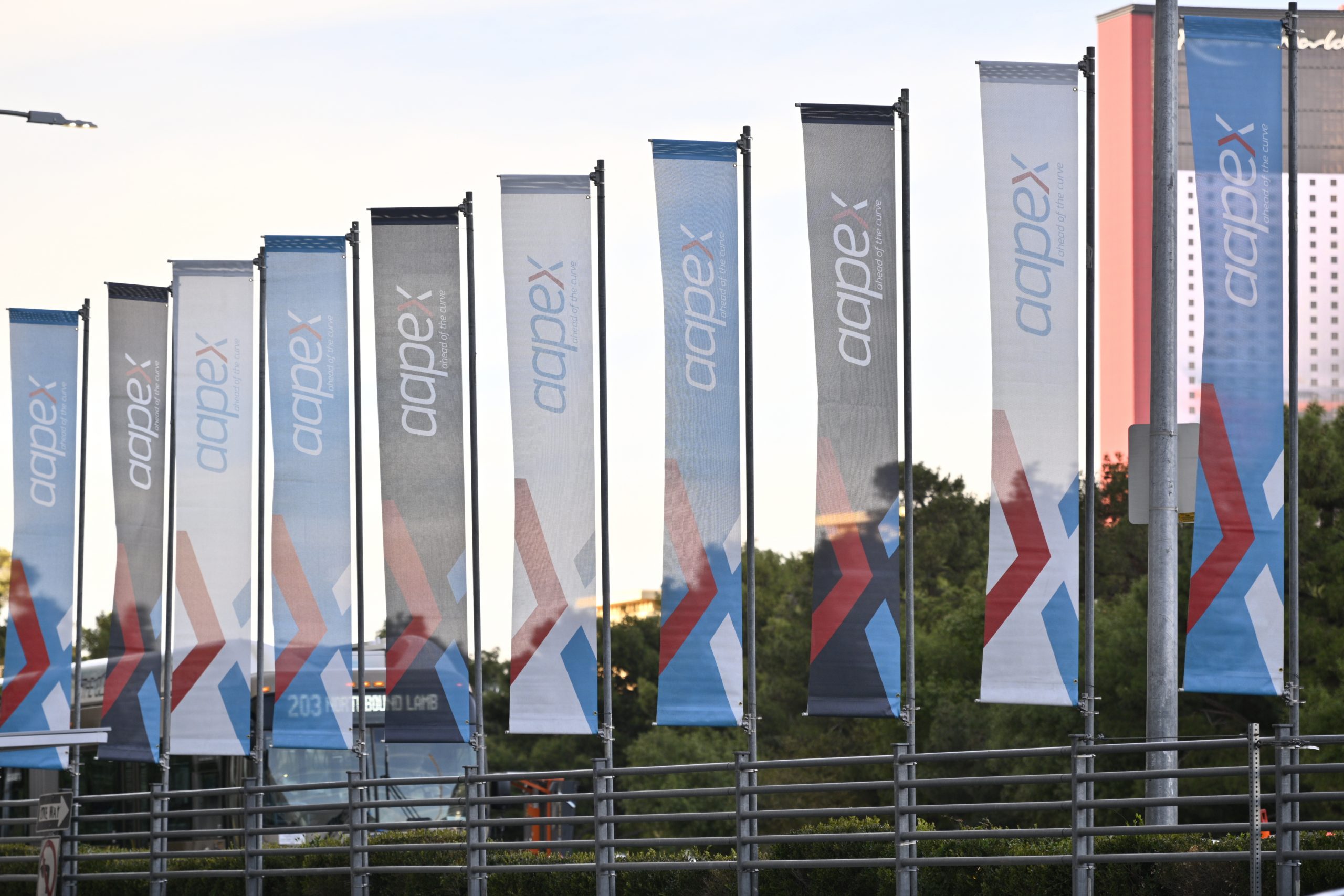
A technician working in Ontario has no idea if he could make more money working in British Columbia. A high school student thinking about becoming a technician in Halifax doesn’t know what the job prospects are in her city, nor what emerging skills she’ll need to be successful.
Well, the Automotive Industries Association of Canada is ready to change that.
The group announced the launch of the Aftermarket Labour Market Intelligence (ALMI) project at Centennial College’s Ashtonbee campus in Toronto, along with John McKay, parliamentary secretary to the minister of national defence and Member of Parliament for Scarborough-Guildwood.
The AIA said the project will create an online, bilingual and interactive tool that will be open to anyone to access labor market information for the industry. Visitors to the portal will have up-to-date information about trends, whether there may be a labor shortage or a high unemployment rate in a particular area, and get a picture of what job availability looks like, by region, occupation and demographic projections. It is also designed to support the development of education programs and help underrepresented groups, such as women and Aboriginals. And, of course, information on compensation.
The federal government will kick in more than $560,000 towards the project through its Sectorial Initiatives Program. It is set to launch in the second half of 2018.
Jean-Francois Champagne, president of the AIA, said that, while labor market information may seem unimportant, it is in fact critical to the industry. “Once you start to learn more about it, you start to realize how important it is to all of us.”

The AIA would regularly receive requests from many parties — such as the government and media — “but, unfortunately, that information is simply not available. This knowledge gaps means that decisions are made, for example, with regards to policy development, curriculum planning and strategic hiring, without a complete and accurate picture of the current state of the industry.”
McKay felt the same way. “It’s also critical to track the labor market information at national and provincial levels to ensure that we mirror the knowledge and skills Canadians will need in the future to find and keep good middle class jobs.”
The industry is facing many questions that can be answered with this initiative, Champagne said. “Do we have the labor force within the pipeline to meet current and future demands throughout the aftermarket? Are the graduates that we are hiring today equipped with the knowledge necessary to fulfil today’s and tomorrow’s jobs in the automotive aftermarket? They’re great questions.”
Not having such information available puts the industry at risk of being an “afterthought,” Champagne warned. And this can be critically damaging when it comes to attracting young people into the industry, he added. Students may be asking “‘How does geography impact job shortages and compensation?’ Is a job going to pay the same here in Ontario as it would if you decided to relocate to British Columbia? And what’s the type of shortage you can face in different provinces?”
The ALMI will also compare the aftermarket to other industries, Champagne said. “I think that’s important as you look to a career path and make a choice in your career. You want to know, how does that compare to other industries and what kind of expectations do I have for available jobs, how much do they pay?” For students, “that’s key information to have.”
“Do we have the labor force within the pipeline to meet current and future demands throughout the aftermarket?”
— Jean-Francois Champagne,
Automotive Industries Association of Canada
So, for the technician wondering if he can get a better paying job in B.C. or the student wondering about job prospects, the portal “aims to provide unprecedented access to fundamental labor market information and shed light on this lack of knowledge,” Champagne said.
“We all know the future is bringing a greater need for highly-trained workers, and jobs that require more skills,” McKay said. “We want Canada’s workforce to be among the most competitive in the world. For this to happen, we need to adapt to the new realities of the job market.”
Technology is changing the way many industries operate, including the auto sector, McKay said. He recounted a story of how a friend of his complained that he still needed to use a key to turn on his car. “Keyless entry and keyless ignition systems are just one example of new technologies that will have an impact on the automotive industry.”
Educating the workforce about such a shift is critical, as is ensuring there are enough trained professionals to serve the needs of the market, McKay added. “Without a doubt, the industries various subsections need to stay connected with the latest technologies in order to capitalize on the potential business value.”
The project has already started, Champagne announced, with the research portion already underway.













Leave a Reply